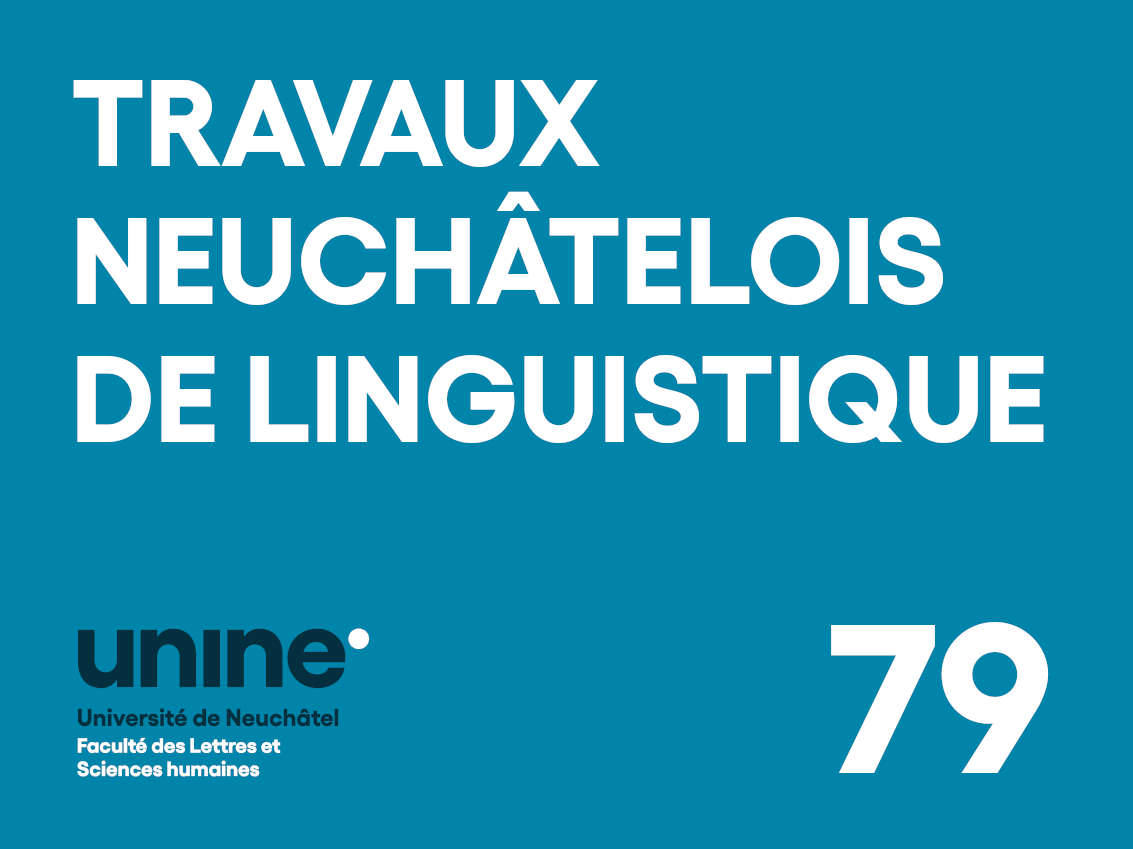Stylometry and Deep Learning: A case study on Milan Kundera's Le Livre du rire et de l'oubli
DOI :
https://doi.org/10.26034/ne.tranel.2024.4838Mots-clés :
machine learning, Hyperbase, deep learning, linguistic markers, literary text, KunderaRésumé
This study aims to uncover the prototypical linguistic elements and patterns of Kundera's prose in his
novel Le Livre du rire et de l'oubli (1979, Gallimard). The exploration employs statistical and machine
learning techniques, including the application of Hyperbase in both its web and standard versions.
Hyperbase provides deep learning features for text classification tasks (Savoy 2015; Tuzzi & Cortelazzo
2018), based on convolutional neural networks (Kalchbrenner et al. 2014; Kim 2014) which go beyond
the process of convolution and incorporate an innovative deconvolution mechanism that extracts key
linguistic markers essential for classification purposes (Vanni et al. 2018; Mayaffre & Vanni 2021). The
training of the Hyperbase deep learning model involves an extensive corpus containing novels by 36
authors, including Kundera, thus encompassing the French literature landscape from 1960-2014. The
study leads to the identification of linguistic markers related to vocabulary, morphosyntax, lexical and
grammatical patterns, and lexico-grammatical structures. These markers are then examined to reveal
the underlying aesthetic intentions of the author. The conclusion focuses on the contribution of deep
learning and statistics in the context of this qualitative linguistic study of a literary text.
Téléchargements
Publié-e
Comment citer
Numéro
Rubrique
Licence
© Federica Beghini 2024

Cette œuvre est sous licence Creative Commons Attribution 4.0 International.


